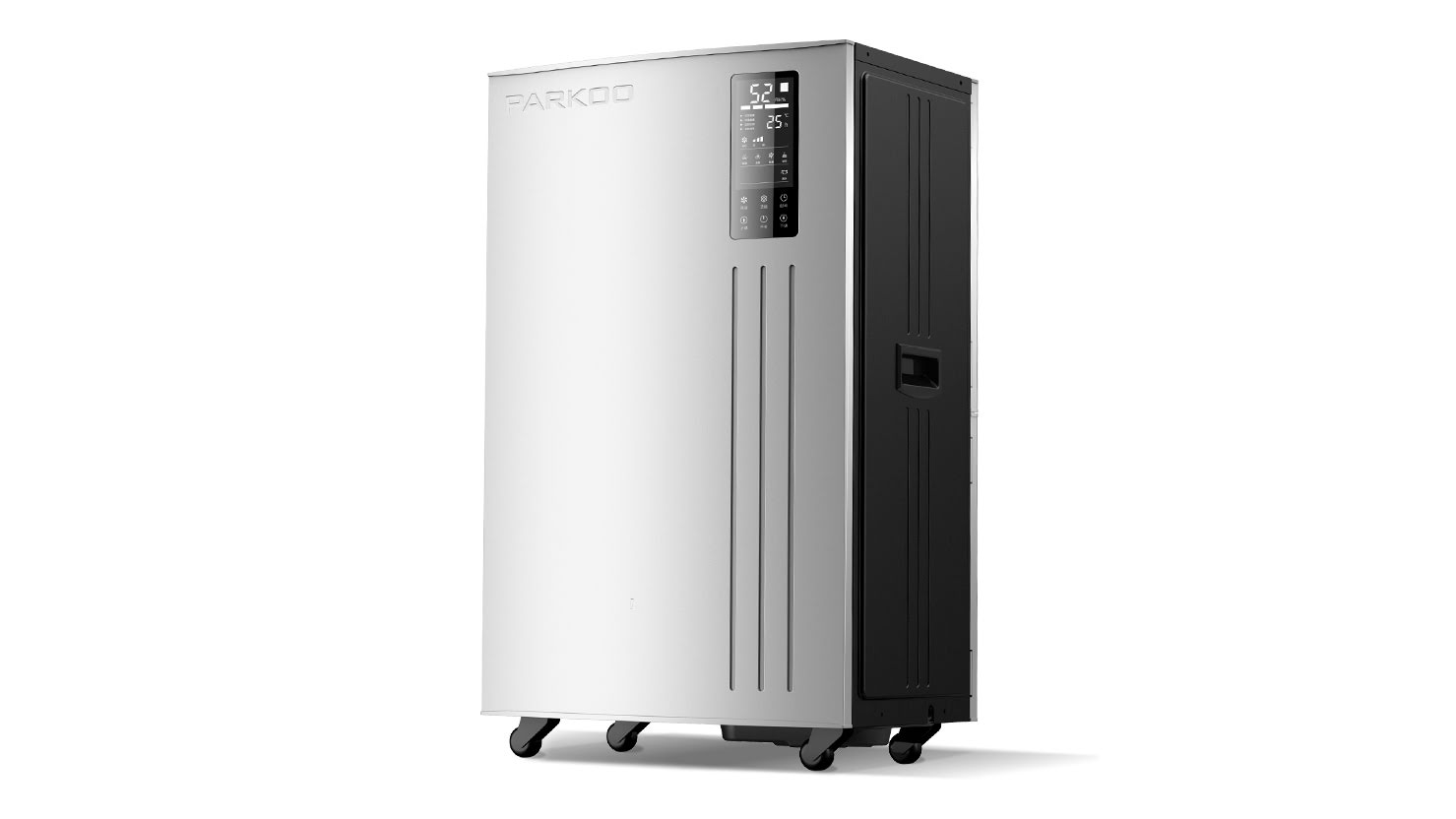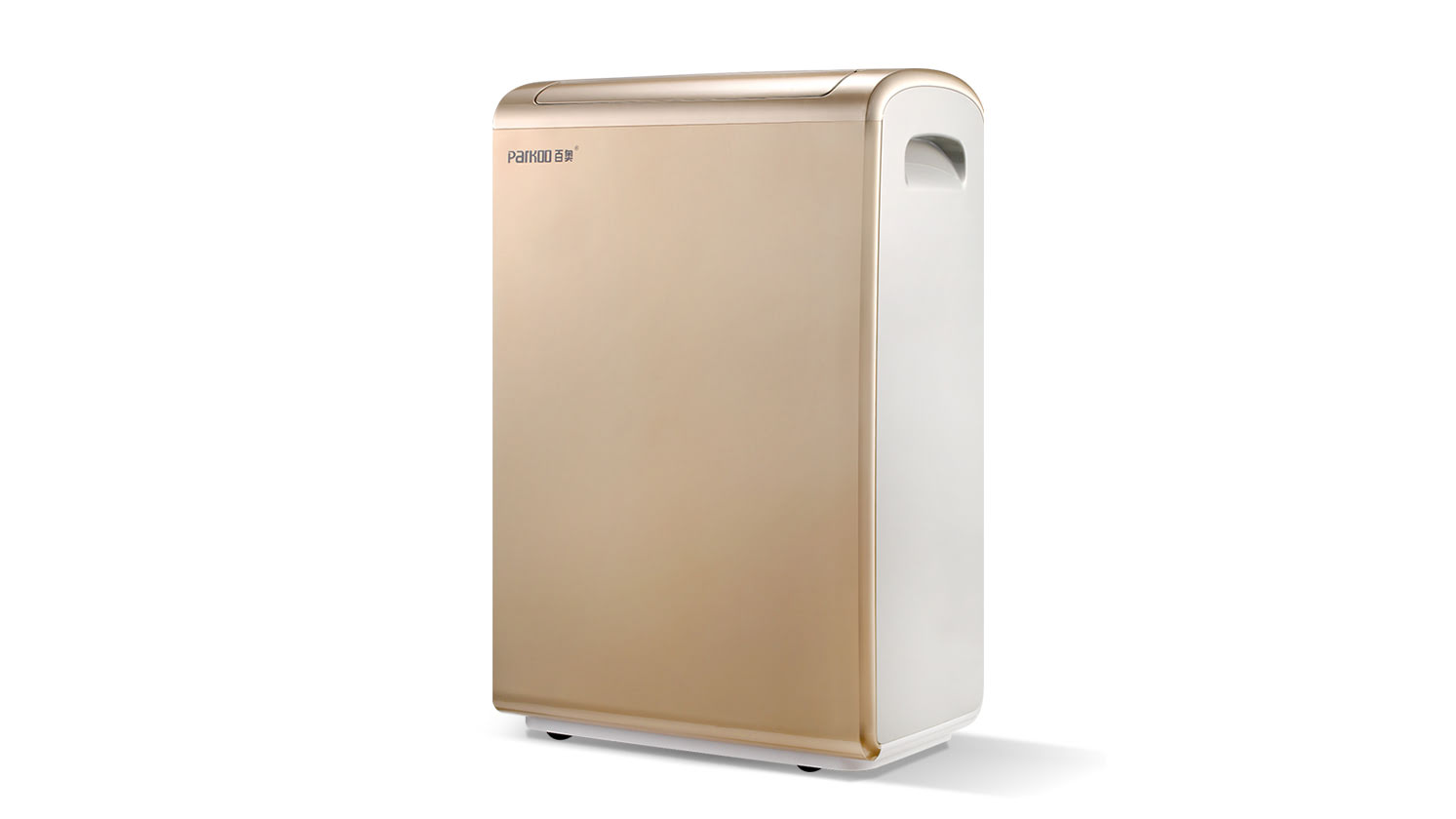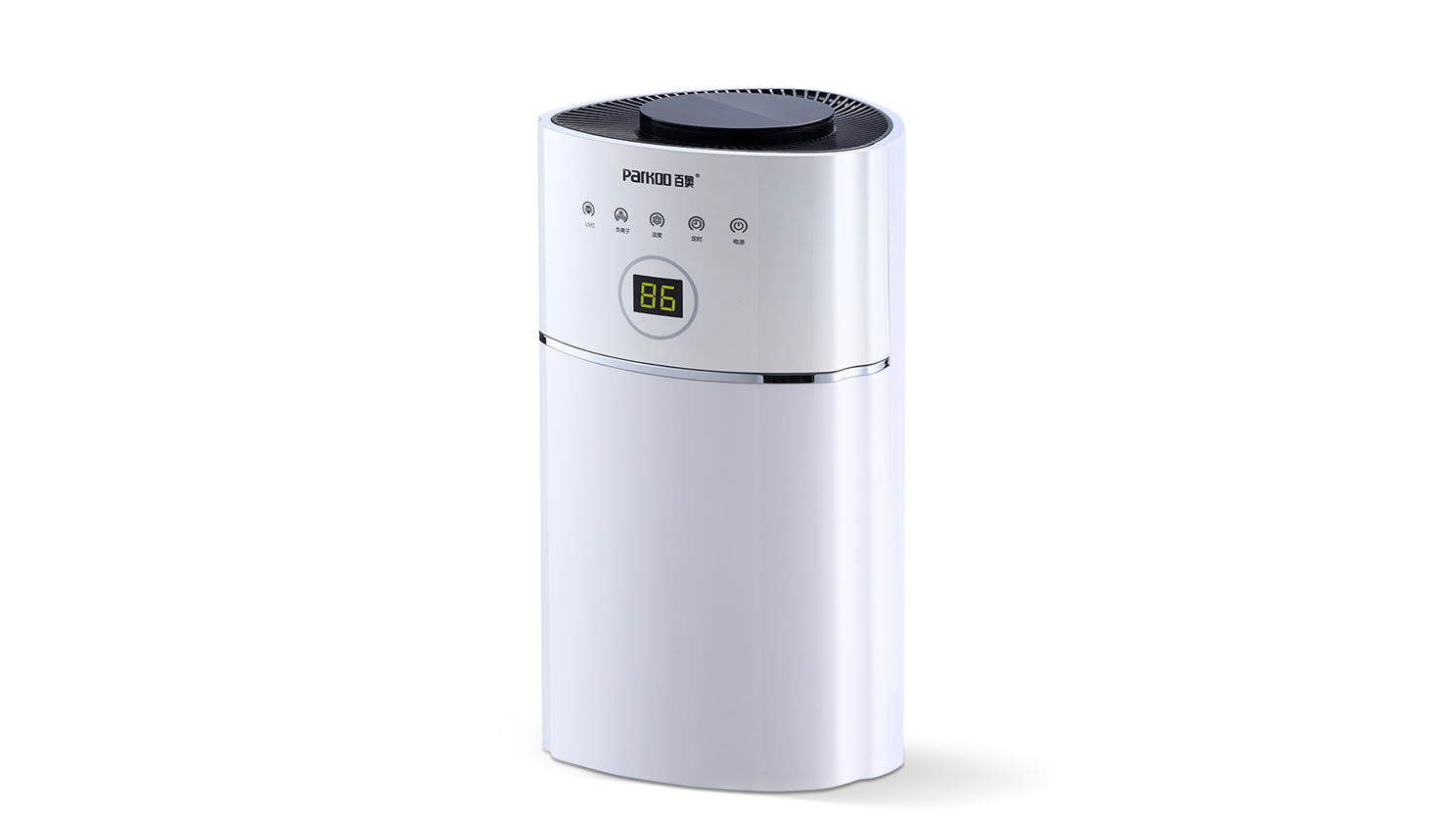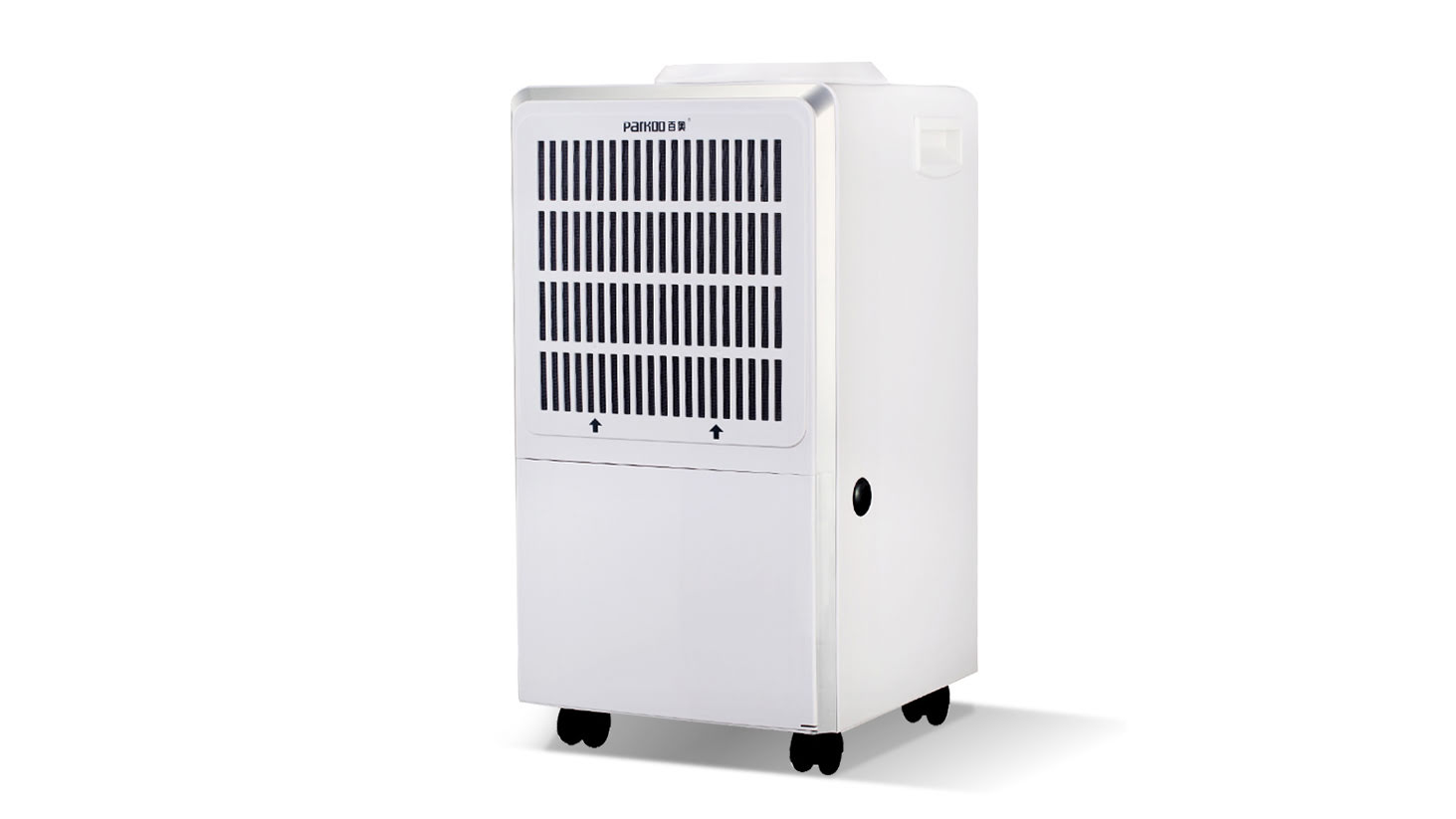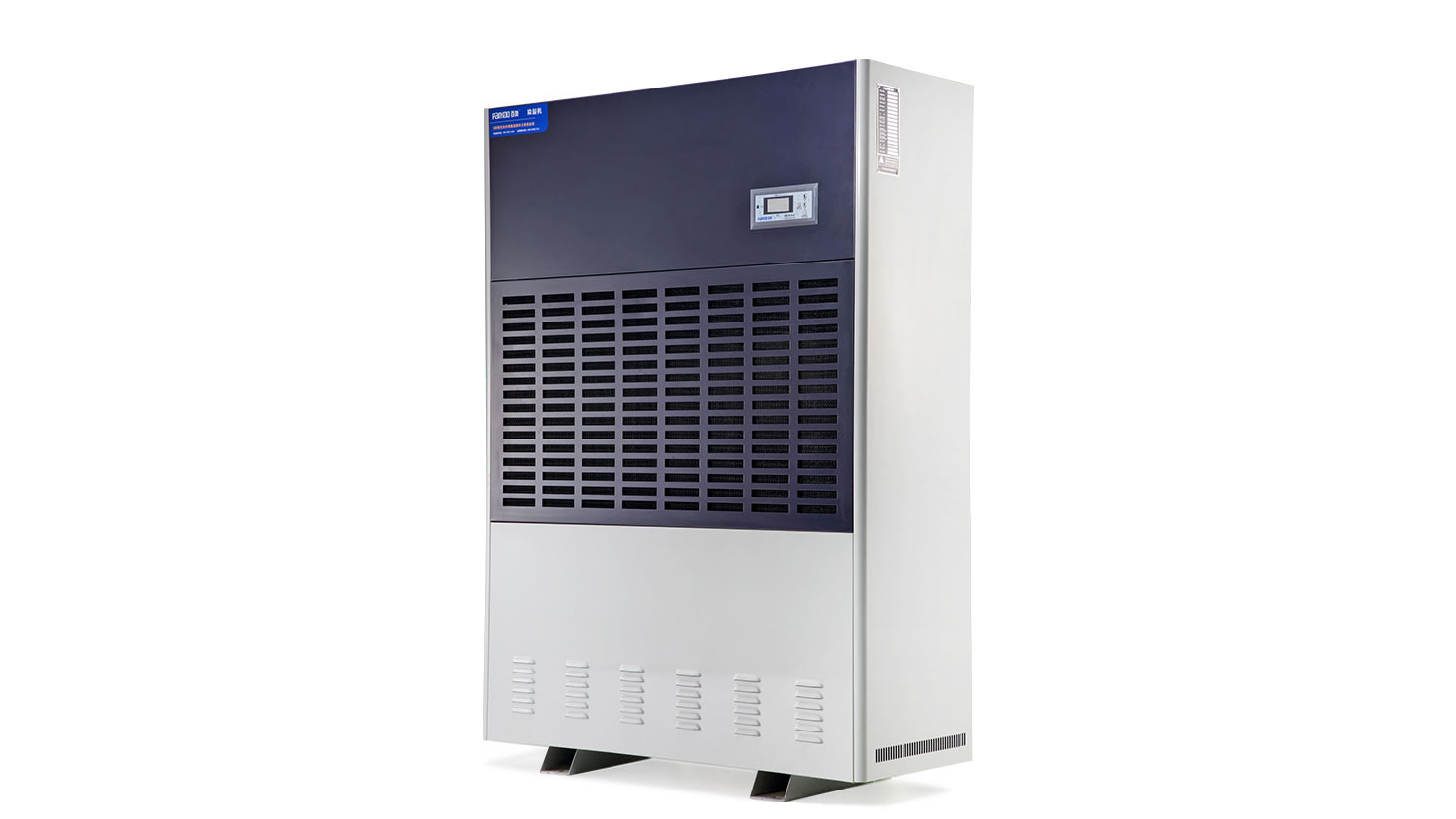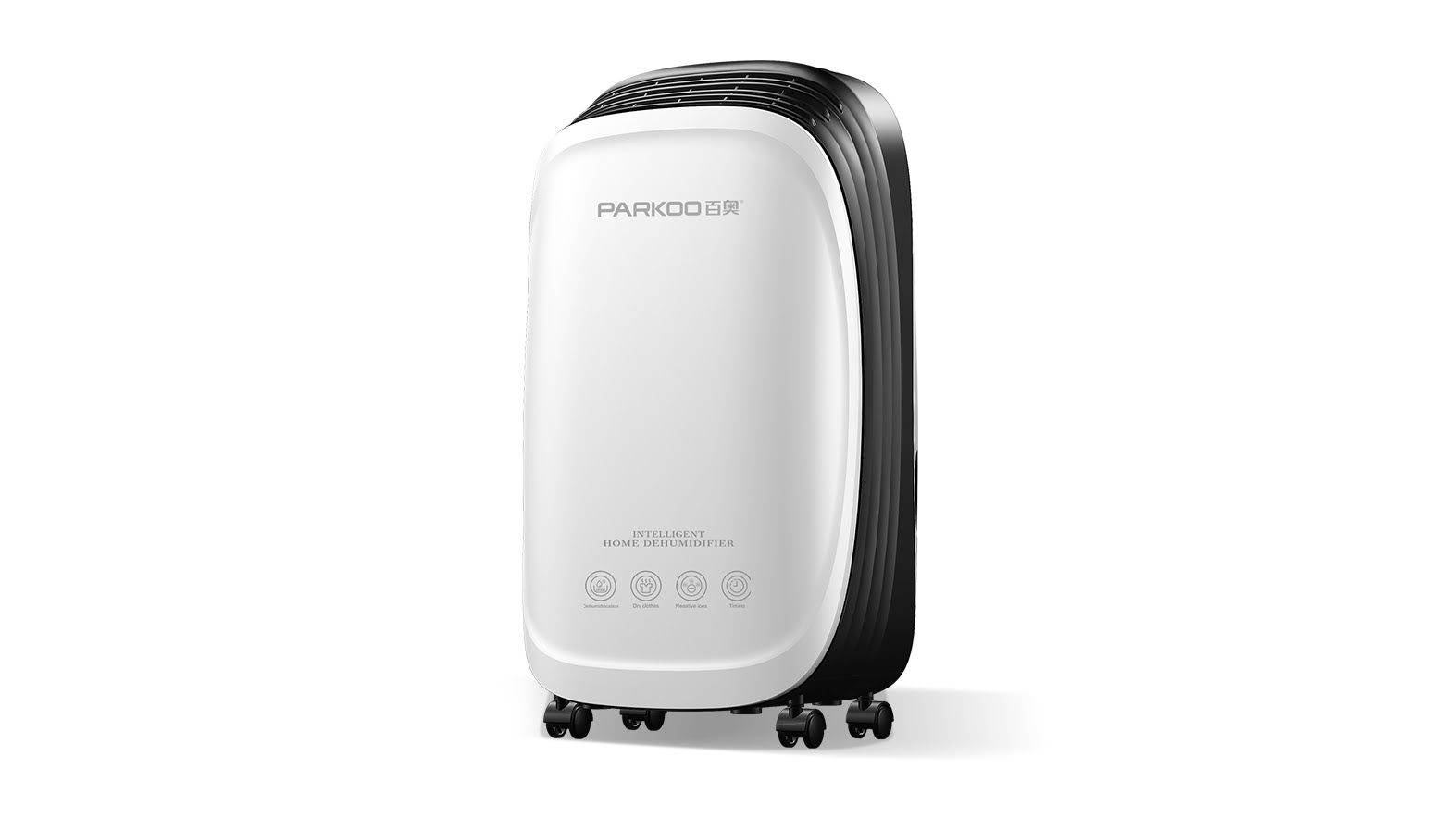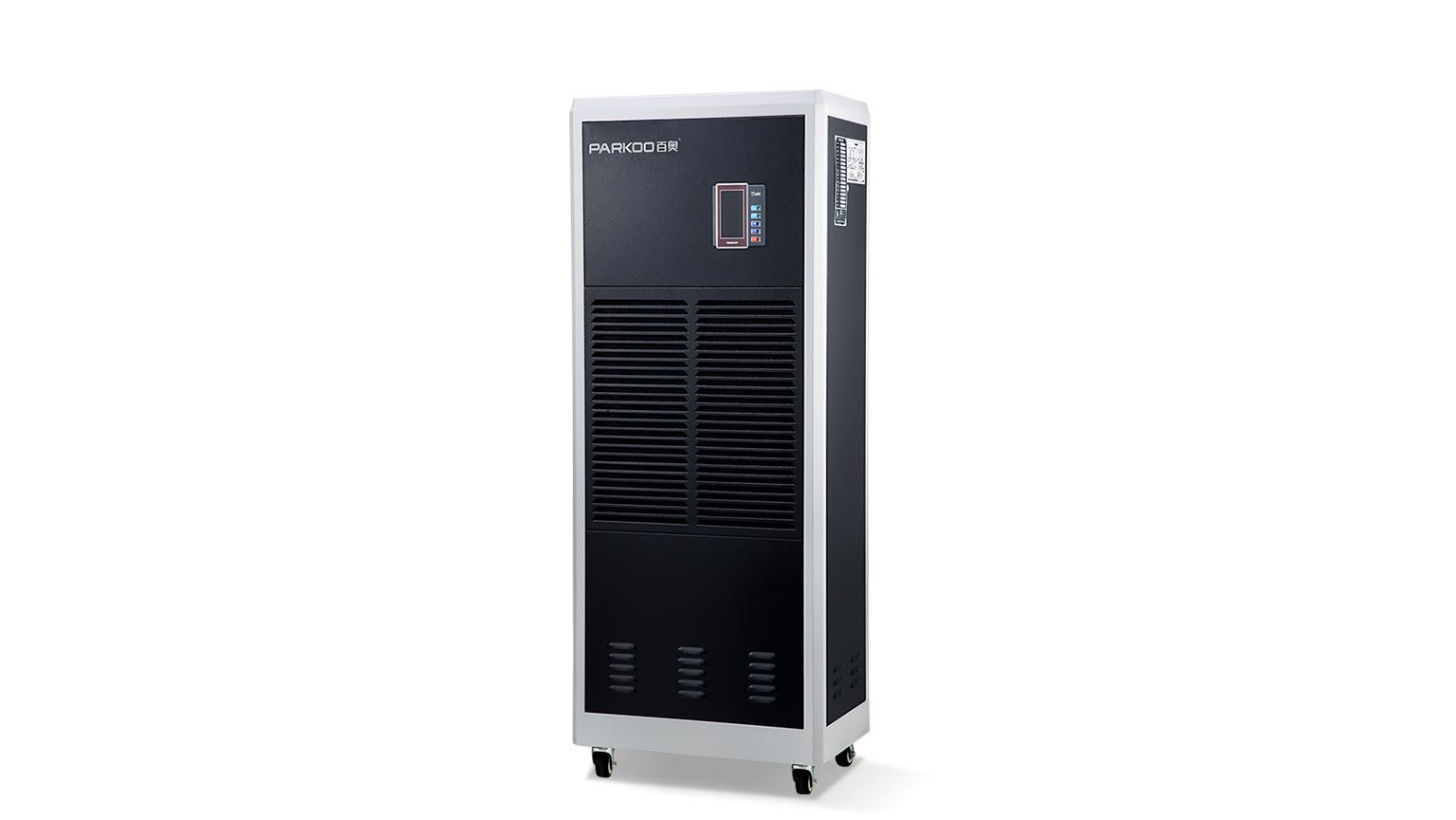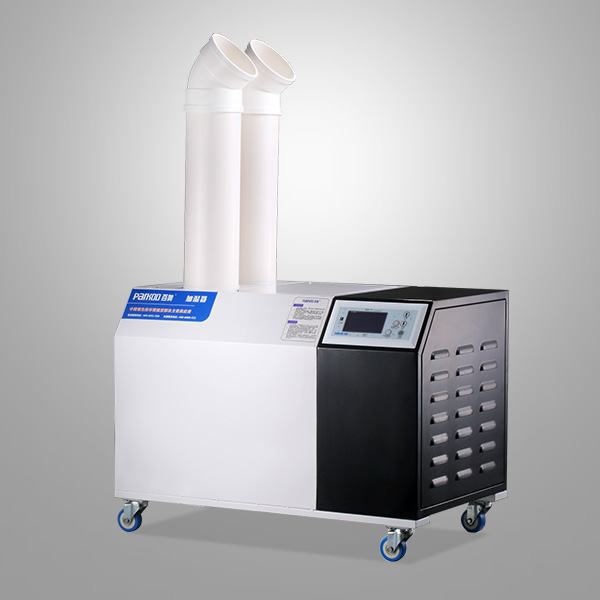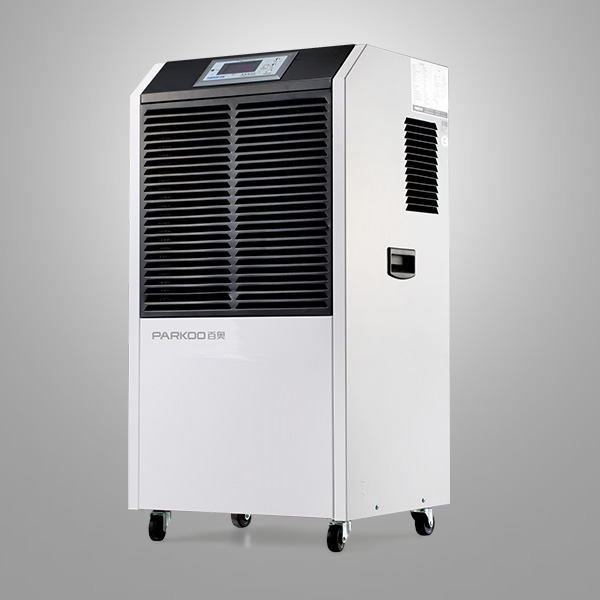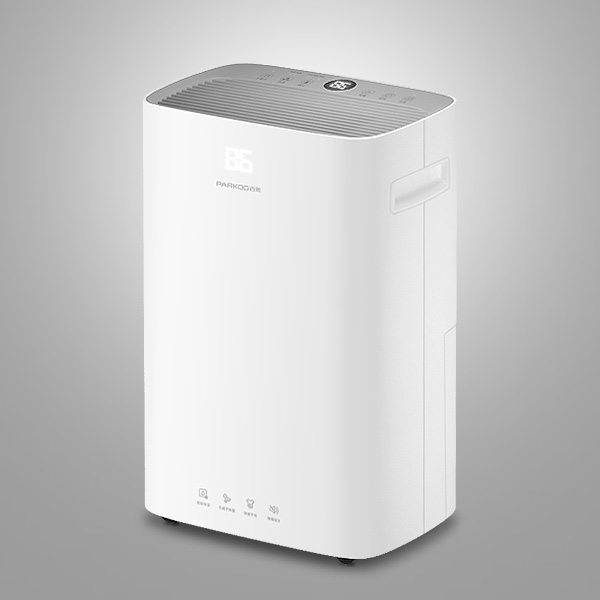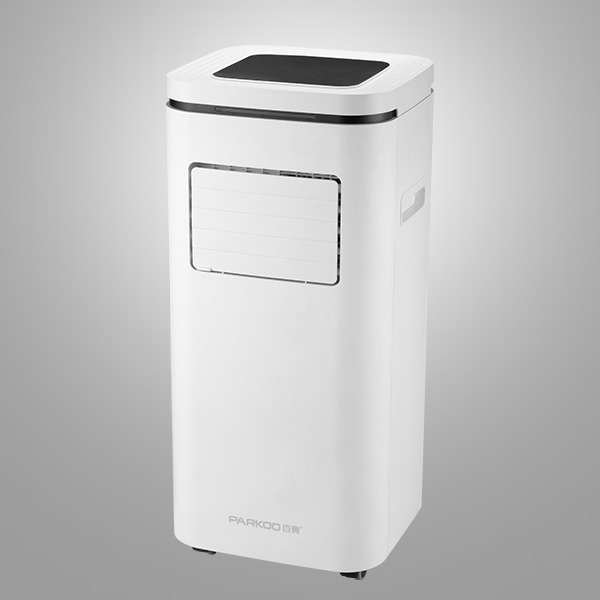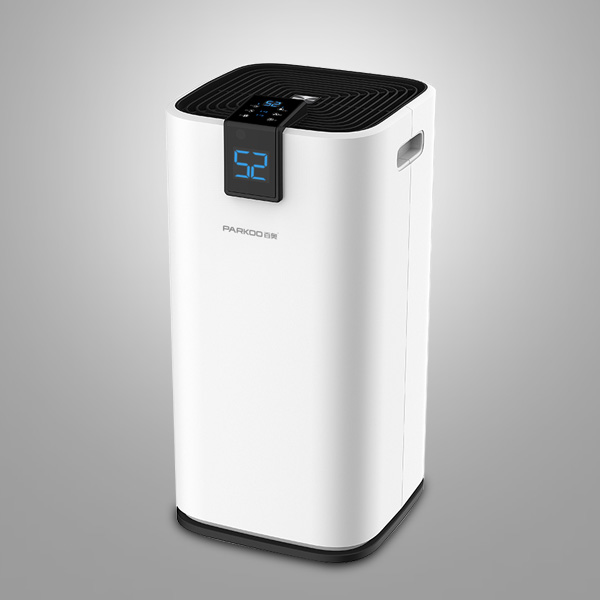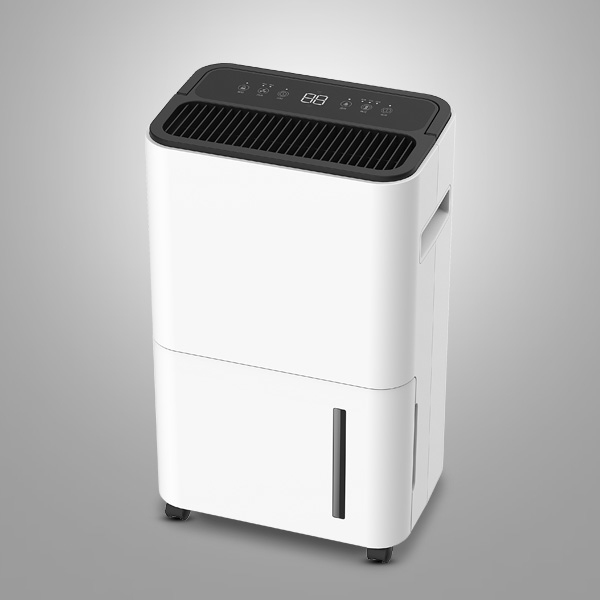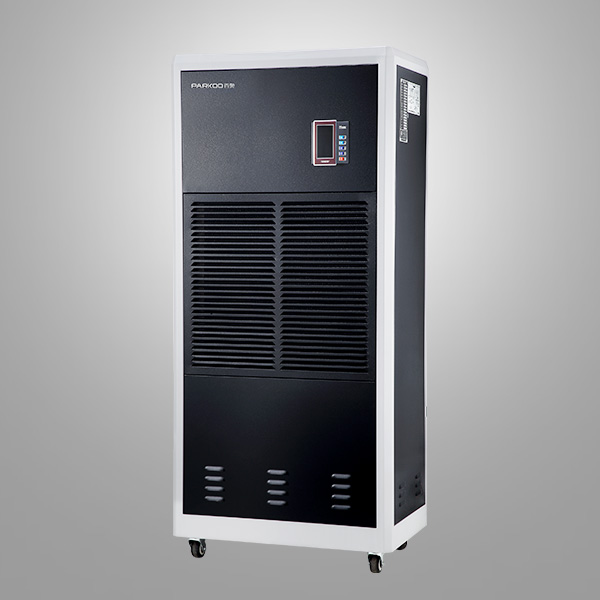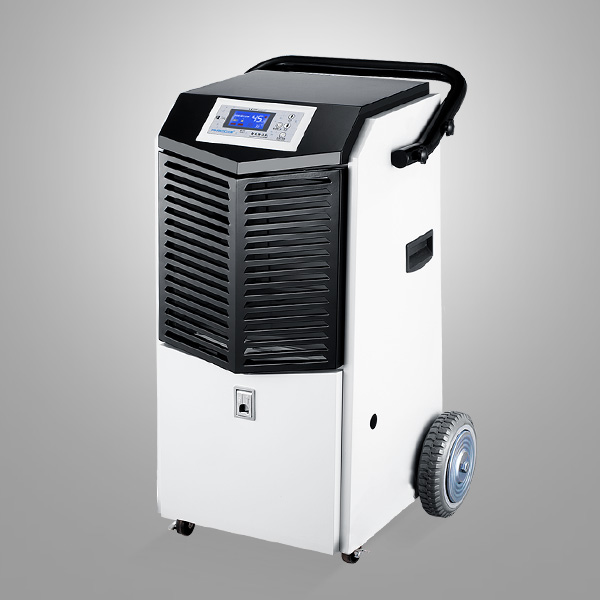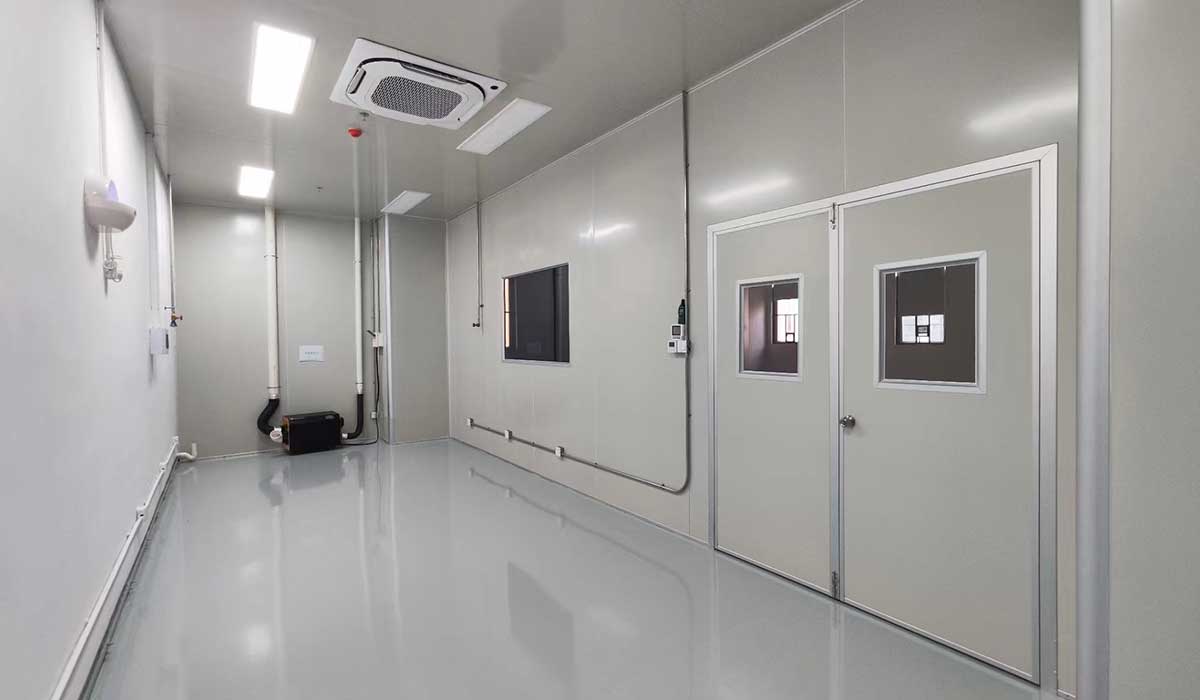A dehumidifier is a tool that can be placed in a room at home to remove excess moisture in the air. When selecting a Dehumidifier, how important is the performance of your Dehumidifier to the performance of the room or area. For example, large basements with high humidity may need large or multiple Dehumidifier; Smaller bathrooms may only require a small Dehumidifier. Read on to learn how to choose a Dehumidifier according to your needs
Use a Hygrometer to obtain accurate humidity readings of the room or area you want to dehumidify
The Hygrometer can be purchased from any retail store specializing in home maintenance, and will provide you with the percentage of humidity living in a specific room or area
If you cannot use a Hygrometer, please use the specific characteristics of the room to determine its humidity level If the room is very damp and contains accumulated water or puddles, the humidity will be between 90% and 100%, which is considered "very damp" If a room smells damp and contains visible mold, mold, leaks, and water stains, the humidity level will be between 80% and 90% and classified as' damp ' If the room feels very damp and mold and mold can be clearly smelled, the humidity level will be between 70% and 80%, and it is referred to as "very damp". You may or may not see visible water stains on the walls and floors If a room only smells mold in damp or humid weather, the relative humidity will be between 60% and 70%, which is considered "moderately humid"
Determine the Air changes per hour per hour (ACH) to calculate the air flow required for the correct dehumidification room If your humidity level is very humid or 90% to 100%, your ACH will have a value of "6" If your humidity level is considered 'damp' or between 80% and 90%, then your ACH will be a value of '5' When the humidity in your room is considered "very humid" and between 70% and 80%, your ACH will have a value of "4" Moderate humidity levels between 60% and 70% will have an ACH value of "3"
Calculate the number of square feet of rooms or areas that you need to dehumidify Use a ruler or tape measure to measure the length and width of a room Calculate the square feet of a room by multiplying the length and width values For example, if a room is 8 feet (2.43 meters) by 9 feet (2.74 meters), the total area would be 72 square feet (6.68 square meters)
Calculate the number of cubic feet in the room that require dehumidification and multiply this value by the number of square feet For example, if a room has 72 square feet (6.68 meters) and a height of 8 feet (2.43 meters), the measured value is 576 cubic feet (16.31 cubic meters)
Determine the air flow rate or cubic feet per minute (CFM) you need to dehumidify the room using cubic feet and ACH values.
Multiply ACH by the cubic foot value and divide the result by the number 60 For example, if your measurement is 576 cubic feet (16.31 cubic meters) and your room is considered 'very damp', then multiply 346 by 576 by 6. Divide 3456 by 34 to obtain the required airflow rate, which is 57.6 cubic feet (1.63 cubic meters) per minute
Determine the quality of moisture you need to extract from the air every day to properly dehumidify your room
For medium humid environment, you need a Dehumidifier, which can extract 10 pints (4.73 liters) of water within 500 square feet (46.45 square meters). For every additional 500 square feet (46.45 square meters), add 4 pints (1.89 liters). For example, for a room with an area of 1500 square feet (139.35 square meters), you need a Dehumidifier that can extract 18 pints (8.51 liters) of water
For very humid environments, purchase a Dehumidifier that can extract 12 pints (5.67 liters) of water within 500 square feet (46.45 square meters). For every additional 500 square feet (46.45 square meters), add 5 pints (2.36 liters)
For humid environments, select a Dehumidifier that can collect 14 pints (6.62 liters) of water within 500 square feet (46.45 square meters). For every additional 500 square feet (46.45 square meters), add 6 pints (2.83 liters)
For extremely humid humidity conditions, purchase a Dehumidifier that can extract 16 pints (7.57 liters) of water from the air within 500 square feet (46.45 square meters). For every additional 500 square feet (46.45 square meters), add 7 pints (3.31 liters)
Purchase a Dehumidifier that can support CFM and pint requirements
Read the manufacturer's label and dehumidification case to determine the correct size you need to purchase
If your CFM level is much higher than the CFM level supported by the Dehumidifier you purchased, you may need to purchase multiple units to properly dehumidify your space
If your CFM level falls within the range of CFM levels supported by the Dehumidifier, you may need to purchase a device with a CFM level higher than the required CFM level and a lower operating frequency
